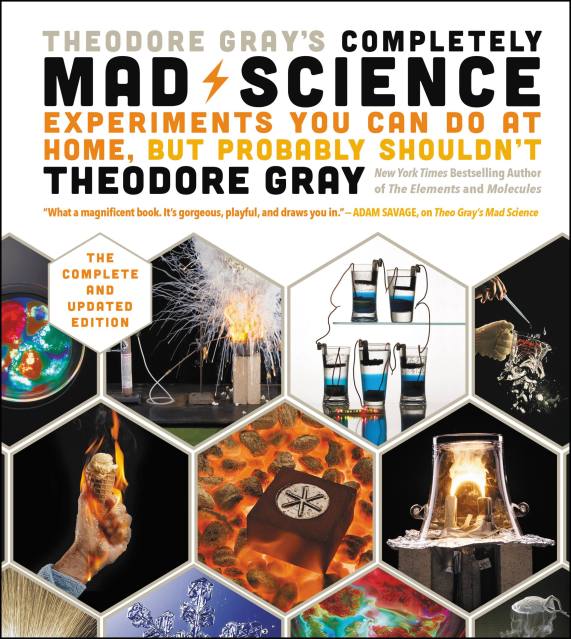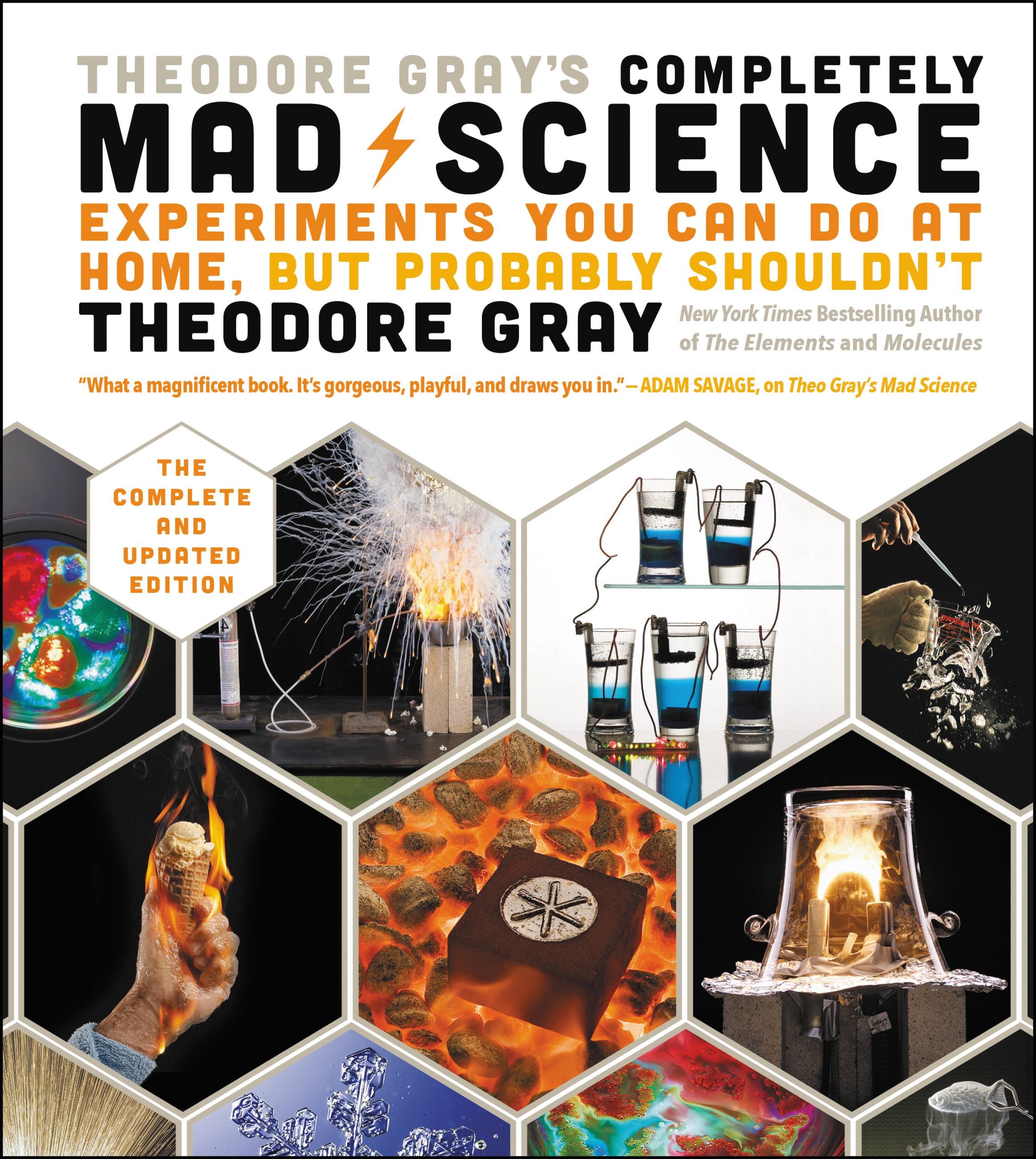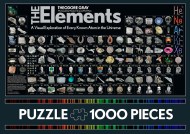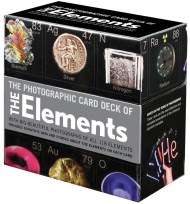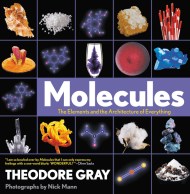Promotion
Use code MOM24 for 20% off site wide + free shipping over $45
Theodore Gray's Completely Mad Science
Experiments You Can Do At Home, But Probably Shouldn't , The Complete and Updated Edition
Contributors
Formats and Prices
Price
$13.99Price
$17.99 CADFormat
Format:
- ebook $13.99 $17.99 CAD
- Hardcover $28.00 $35.00 CAD
This item is a preorder. Your payment method will be charged immediately, and the product is expected to ship on or around September 13, 2016. This date is subject to change due to shipping delays beyond our control.
Also available from:
Bestselling author Theodore Gray has spent more than a decade dreaming up, executing, photographing, and writing about extreme scientific experiments, which he then published between 2009 and 2014 in his monthly Popular Science column “Gray Matter.” Previously published in book form by Black Dog in two separate volumes (Mad Science and Mad Science 2), these experiments, plus an additional 5, are available now in one complete book.Completely Mad Science is 432 pages of dazzling chemical demonstrations, illustrated in spectacular full-color photographs. Experiments include: Casting a model fish out of mercury (demonstrating how this element behaves very differently depending upon temperature); the famous Flaming Bacon Lance that can cut through steel (demonstrating the amount of energy contained in fatty foods like bacon); creating nylon thread out of pure liquid by combining molecules of hexamethylenediamine and sebacoyl chloride; making homemade ice cream using a fire extinguisher and a pillow case; powering your iPhone using 150 pennies and an apple, and many, many more.
Theodore Gray is the author of The Elements: A Visual Exploration of Every Known Atom in the Universe; Molecules: The Elements and the Architecture of Everything; Theo Gray’s Mad Science: Experiments You Can Do at Home, But Probably Shouldn’t; and Mad Science 2: Experiments You Can Do at Home, but Still Probably Shouldn’t. He lives in Urbana, Illinois.
Genre:
- On Sale
- Sep 13, 2016
- Page Count
- 432 pages
- Publisher
- Black Dog & Leventhal
- ISBN-13
- 9780316395090
Newsletter Signup
By clicking ‘Sign Up,’ I acknowledge that I have read and agree to Hachette Book Group’s Privacy Policy and Terms of Use
